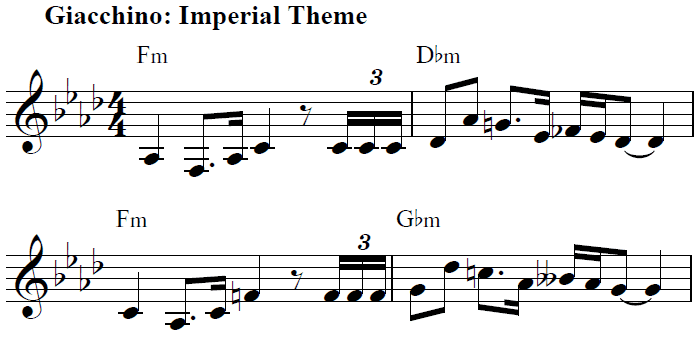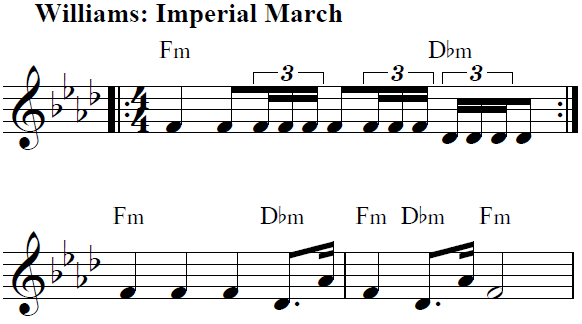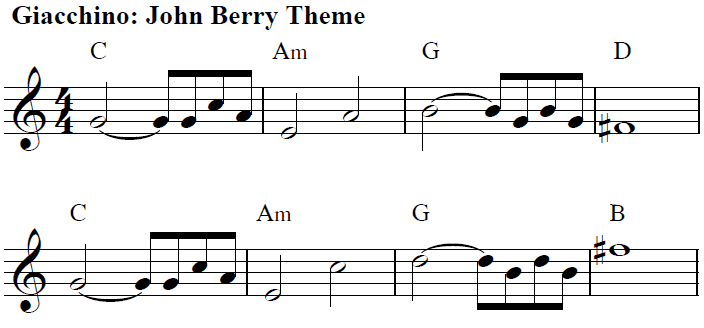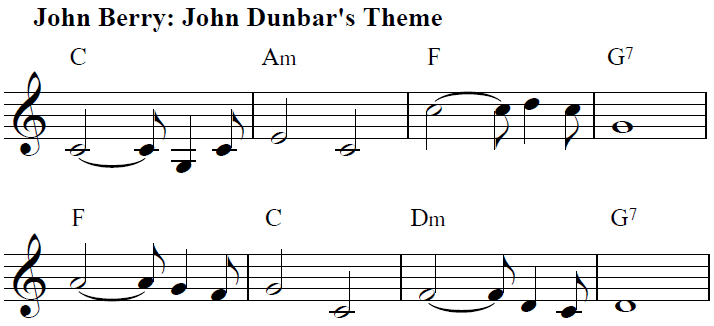|
There are two primary aspects I will consider in this review: (1) the film as a whole, and (2) the musical soundtrack. THE FILM First things first: I enjoyed Rogue One. I found the drama and the storytelling compelling, and I'm interested in seeing it in theaters a second time. I've already purchased the soundtrack, and I'll certainly buy the DVD when it comes out. That being said, there were quite a few problems that prevented it from reaching the heights of the original trilogy, The Force Awakens, or even Revenge of the Sith.
Furthermore, the constantly referencing the other Star Wars films (more on this later) makes it difficult to interpret RO as a stand-alone. Now, of course, all of this isn't necessarily “bad”. It's only a problem because the film is trying to be something it's not. It's at odds with itself, resulting in an identity crisis that diminishes the end product. I'm interested to see if/how this perception changes over time and through repeated viewings without those same expectations.
But in Rogue One, Tarkin is deferential to Vader. When the Rebel fleet arrives at Scarif, an underling asks Tarkin for instructions, who defers to Vader's authority. This is a major inconsistency in Rogue One that undermines the Imperial hierarchy displayed in A New Hope and Darth Vader's assumption of authority by The Empire Strikes Back.
RO also referenced the prior films, but they were usually (and thankfully) more subtle about it. The few exceptions where the references were blatant, such as the encounter with Dr. Evazan and Ponda Boba, and the shot of C-3PO and R2-D2 in the hangar on Yavin 4 were completely obvious and gratiuitous. There was one scene in which a blue R2 unit appeared in the background. It subtly served the referential purpose. When I caught it, I thought to myself, “Hey, that could be R2-D2!” But that delicacy was lost a few moments later when the droid tandem made an explicit appearance. This “obvious over subtle” aesthetic distracted rather than contributed to the movie.
As a film, I'll give it a 6 out of 10: solid but not extraordinary. THE MUSIC While the Main Theme and Force Theme are used on occasion, the majority of the music in Rogue One is original. So far I've listened to the soundtrack straight through four times, plus dozens of individual track listens and the viewing itself. So far I've been able to identify four themes:
It uses almost identical pitch material as Williams' "evil motive" from Attack of the Clones... ... which in turn is modeled after the Dies Irae theme.
The opening ascending perfect fifth is a clear nod to the SW Main Theme, as is the climatic high tonic note (in this case D)
 The militaristic character and triplet rhythms are clearly modeled after “Imperial March”. The first two chords (f minor to db minor, I to bvi) are the same as the iconic chord progression in Vader's theme. Its Soviet-style chromaticism (raised fourth in a minor key) is also strongly reminscent of “The March of the Resistance” from TFA.
This theme features prominently in track 17 of the soundtrack, “Your Father Would Be Proud” (especially starting at 1:25), but I don't recall hearing it anywhere else in the film or soundtrack. Certainly it's not used as much as the themes above. It shares similarities with John Barry's theme for the title character, John Dunbar, in the 1990 film Dances With Wolves. They're extremely similar in character (poignant, nostalgic, melancholy), harmony and rhythm. Michael Giacchino wrote spectacular scores for Up, The Incredibles, Ratatoullie, Zootopia, and Inside Out. But I was skeptical when I discovered he was replacing Alexandre Desplat as composer for Rogue One. G's music for Star Trek and Jurassic World, while adequate, lacked the depth of Williams' film scores. And the same can be said of Rogue One: His score is competent and effective when paired with the film (which, after all, the primary purpose of any film score), but it doesn't stand up to listening on its own the way Williams' music can. It leaves me wondering what JW could have done instead. G is at his best when writing whimsical music – that's a big reason why his music for all those Pixar films are so successful – but he's not as adept at epic sci-fi scores. While I appreciate the film and the music, I will not being adding Rogue One to my Music of Star Wars presentation. As a soundtrack, I'll give it a 5 out of 10: competent but not much more. How do those numbers compare with how I rate the other Star Wars films?
Notice that Rogue One is the first film in which the overall movie is superior to the music.
4 Comments
Noah
12/26/2016 04:07:25 am
A few thoughts:
Reply
Aaron
12/26/2016 08:37:42 am
Hey Noah, thanks for your comments. Since writing these initial reactions, I saw Rogue One a second time and caught a great deal more in the music and also found many more flawed in the movie. So after this second viewing, I would have to reverse myself: I now think the music is indeed better than the film. I'll be writing a follow-up blog in the next week or so with details.
Reply
Bob
4/4/2017 07:15:32 pm
Your suggestion of inconsistency in the presentation of Imperial hierarchy is incorrect.
Reply
Aaron
4/5/2017 06:20:19 am
Hmmm, interesting take. I can't recall the specifics as I haven't seen it since it was in theaters, but I'll be watching it again soon with the DVD release. I'll pay close attention to the scenes in question. I've been wanting to write a follow-up to this blog, but just haven't had the time.
Reply
Leave a Reply. |
The Music of Star WarsThese posts will help focus and develop my analyses of John Williams' film scores. Archives
December 2019
Categories
All
|









 RSS Feed
RSS Feed
